The Quanh loong and coong dam clubs perform gong and drum performances.
Sitting on a traditional stilt house in But village, Mr. Ha Van Xuan - a person knowledgeable about Thai culture, recounted the folk legend about the birth of the rice mill with simple, rustic love: "Once upon a time, there was a family with 5 beautiful daughters. Every morning, they pounded rice together. The youngest daughter was mischievous, pounding and tapping the side of the mortar, creating a cheerful, rhythmic sound. The older sisters were happy so they followed suit. Just like that, the sound of the pestle and the tapping gradually formed a rhythm, becoming a performance and then becoming the rice mill today."
From an anthropological perspective, Associate Professor Dr. Mai Van Tung, Head of the Faculty of Social Sciences , Hong Duc University, commented: "Quang loong and coong dam are the cultural crystallization of the terraced rice civilization in the Thai ethnic community. From production labor to religious activities, they are present as companions in every moment of Thai people's life, from fighting to protect the village to the festival season, from working hours to gathering around the fire of the stilt house".
However, in the hustle and bustle of modern life, heritage values such as the quanh loong and coong dam are facing the risk of being lost. Many melodies that were once spontaneous and tight now only exist in the faint memories of a few elderly artisans. The young generation, who are expected to inherit them, lack passion and access. Generational gaps, lack of performance space, lack of support policies, lack of formal training... are putting these values at risk of being forgotten.
In that situation, the formation of community cultural activity models such as the Quanh loong and coong dam clubs in But village is an important step to restore, preserve and promote the traditional cultural values of the Thai people. In May 2025, the old Quan Hoa district coordinated with Hong Duc University to organize the launching ceremony of the Quanh loong and coong dam clubs in But village. This is the result of the implementation of Project 6 under the National Target Program for socio -economic development of ethnic minority and mountainous areas in the period 2021-2030, aiming to preserve and promote good traditional cultural values associated with tourism development. The club currently gathers more than 20 members who are artisans, civil servants, farmers, youths... who share the same aspiration to preserve the gong and loong rhythms - sounds that used to be the lifeblood of the Thai people. Club President Ha Thi Ngoi shared: "The club is not only a place to preserve traditional musical memories, but also a bridge connecting today's generation with the quintessence left by their ancestors."
A good sign is that the love of culture is spreading widely, especially among the youth. Young Thai people in But village have begun to return to learn, study and appreciate the cultural quintessence of their people. They no longer consider traditional culture as something far away, but as a source of pride, a provision for confident integration. They are passionate about practicing each loong beat and each dam sound to achieve the right rhythm and national spirit. Ms. Ha Thi Hien, a young member of the Quanh loong and coong dam club, said: “When I was young, I thought quanh loong was just played for fun. But when I learned from the artisans, I understood that this is a very unique cultural heritage. I am proud to learn and perform quanh loong to welcome tourists to the village.”
Head of the Department of Culture and Society of Nam Xuan Commune, Pham Thi Nhi, said: “Thanks to the dedication of artisans and cultural officers, up to now, 15 melodies of the Quanh Loong and Coong Dam have been restored and performed at community festivals and art performances in and outside the province. This restoration not only has cultural significance but is also associated with the development of community tourism.”
If the loong and coong dam are considered the voice of the heart, the brocade weaving craft is the soul of the Thai identity. Each woven piece of fabric is a history book made of thread, containing memories, aesthetic concepts and philosophy of life. The Club encourages But village women to return to the loom, weaving traditional dresses, not only to create cultural and tourism products, but also to maintain the flow of handicrafts that are at risk of being lost. Along with that, traditional costumes are also restored and worn during festivals and cultural events. Folk songs, folk dances and xoe dances, khap singing are included in the Club's activities, helping the younger generation to be familiar with the melodies of their ancestors. And above all, the stilt house is a place to preserve community memories, continuing to be preserved as part of a "living museum". Thus, the Quánh loông, coông dam Bản Bút Club not only restores a few individual performances, but also reconstructs a miniature Thai ethnic cultural space, where all elements including music, dance, singing, costumes, architecture, crafts... are linked in life.
The cultural revival has had a clear impact on the local economy. The number of tourists coming to But village is increasing day by day. Not only can they join in the rhythm of bamboo rafts, the sound of drums and gongs echoing in the mountains and forests, but they can also experience wearing traditional Thai costumes, learn to weave brocade, participate in xoe dance, and enjoy local cuisine. Each homestay becomes a "cultural stop", both generating income and helping the heritage spread naturally. Ms. Pham Thi Tuyet, owner of A Beo homestay in But village, said: "The number of tourists coming to the village is increasing day by day. They like to listen to quanh loong, watch coong dam, and experience local culture. Thanks to that, my family's income and that of many people in the village is better than before."
The sound of the Quanh Loong and Coong Dam is not just a musical instrument. It is the cultural beat, the voice of history, the soul of the Thai community. They resonate in spiritual ceremonies, daily activities, traditional education and are now contributing to the unique tourism products of the mountainous region of Thanh Hoa.
Article and photos: Ba Phuong
Source: https://baothanhhoa.vn/cau-lac-bo-quanh-loong-coong-dam-noi-bao-ton-phat-huy-ban-sac-van-hoa-dan-toc-thai-259093.htm


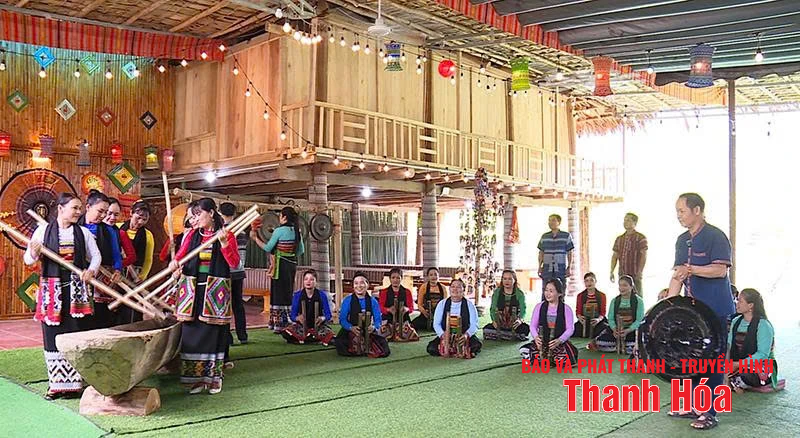



![[Photo] Closing ceremony of the 18th Congress of Hanoi Party Committee](https://vphoto.vietnam.vn/thumb/1200x675/vietnam/resource/IMAGE/2025/10/17/1760704850107_ndo_br_1-jpg.webp)




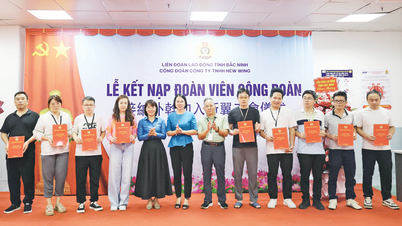

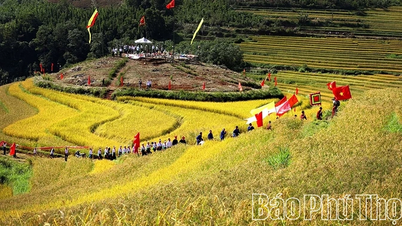



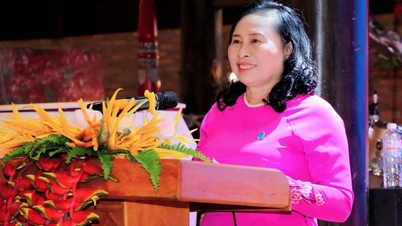


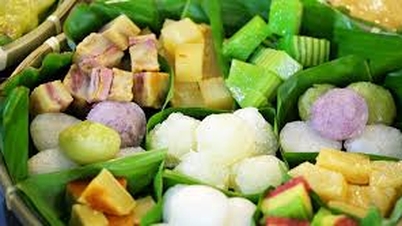

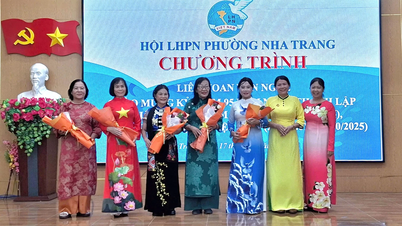


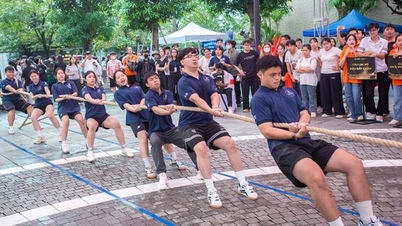

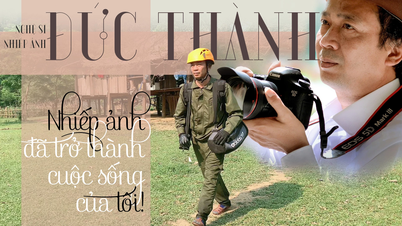












![[Photo] Nhan Dan Newspaper launches “Fatherland in the Heart: The Concert Film”](https://vphoto.vietnam.vn/thumb/1200x675/vietnam/resource/IMAGE/2025/10/16/1760622132545_thiet-ke-chua-co-ten-36-png.webp)



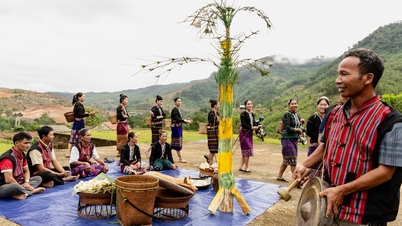



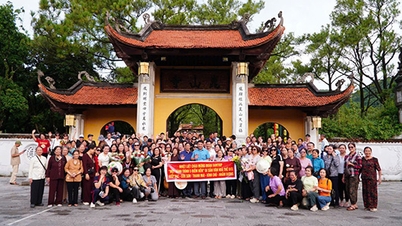


















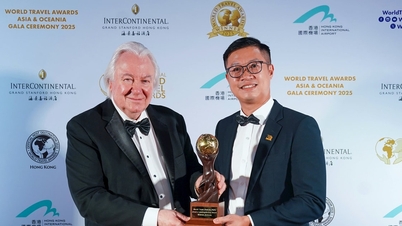

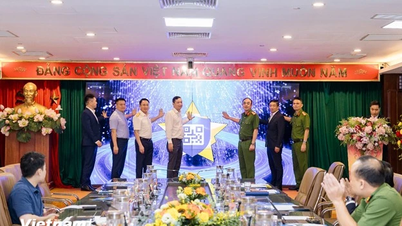
















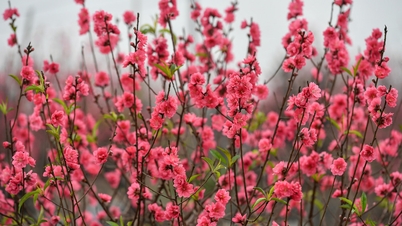



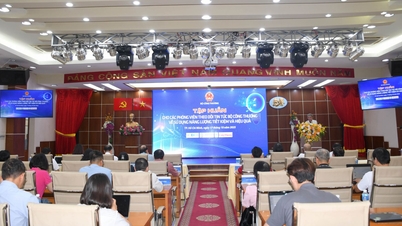

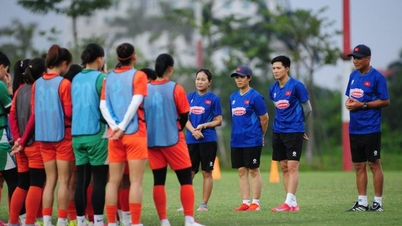

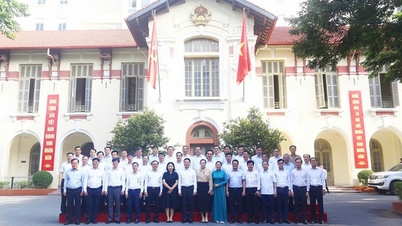


![[Photo series] The beauty of women in labor](https://vphoto.vietnam.vn/thumb/402x226/vietnam/resource/IMAGE/2025/10/18/1760739057545_1_20251017145220.jpeg)





















Comment (0)